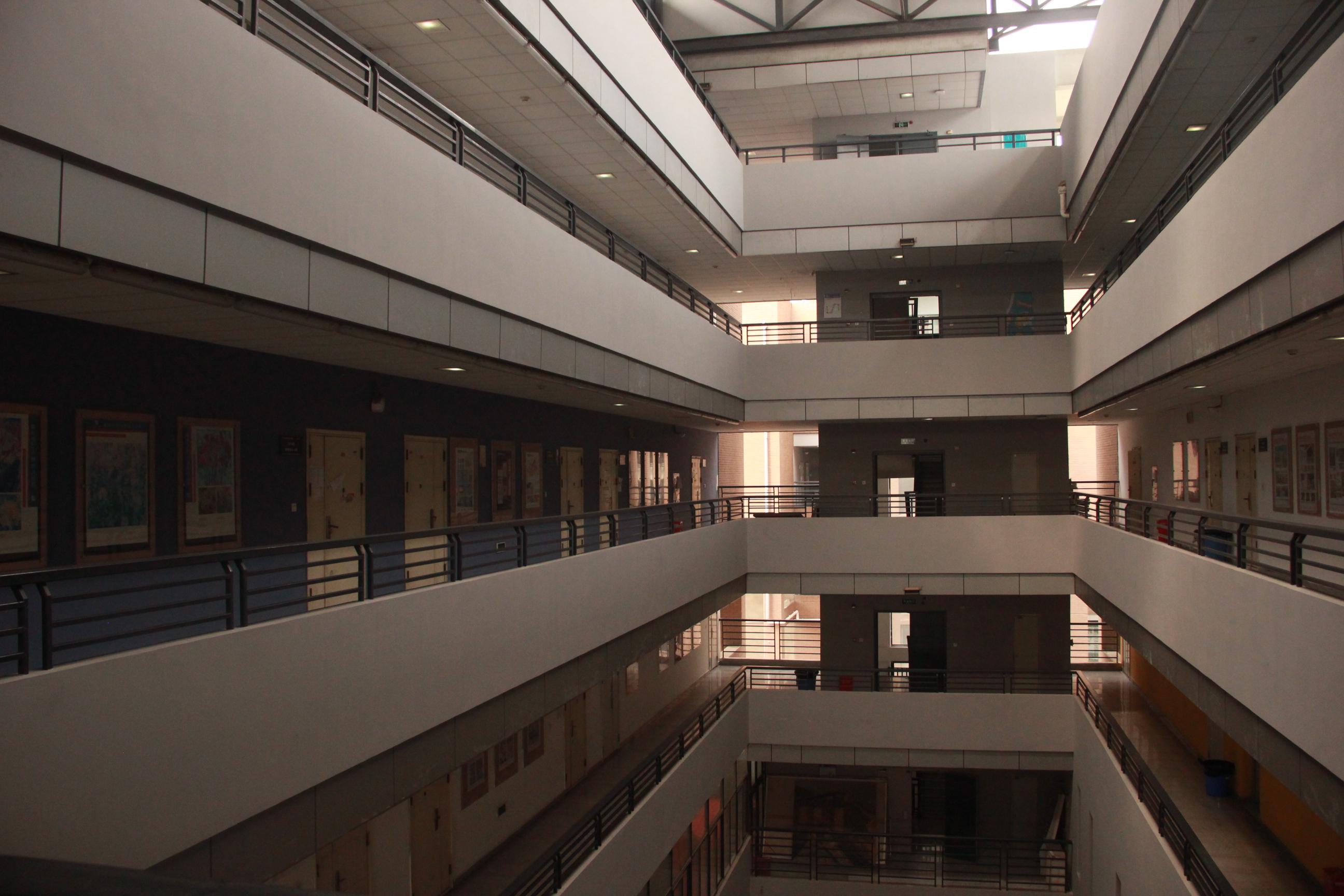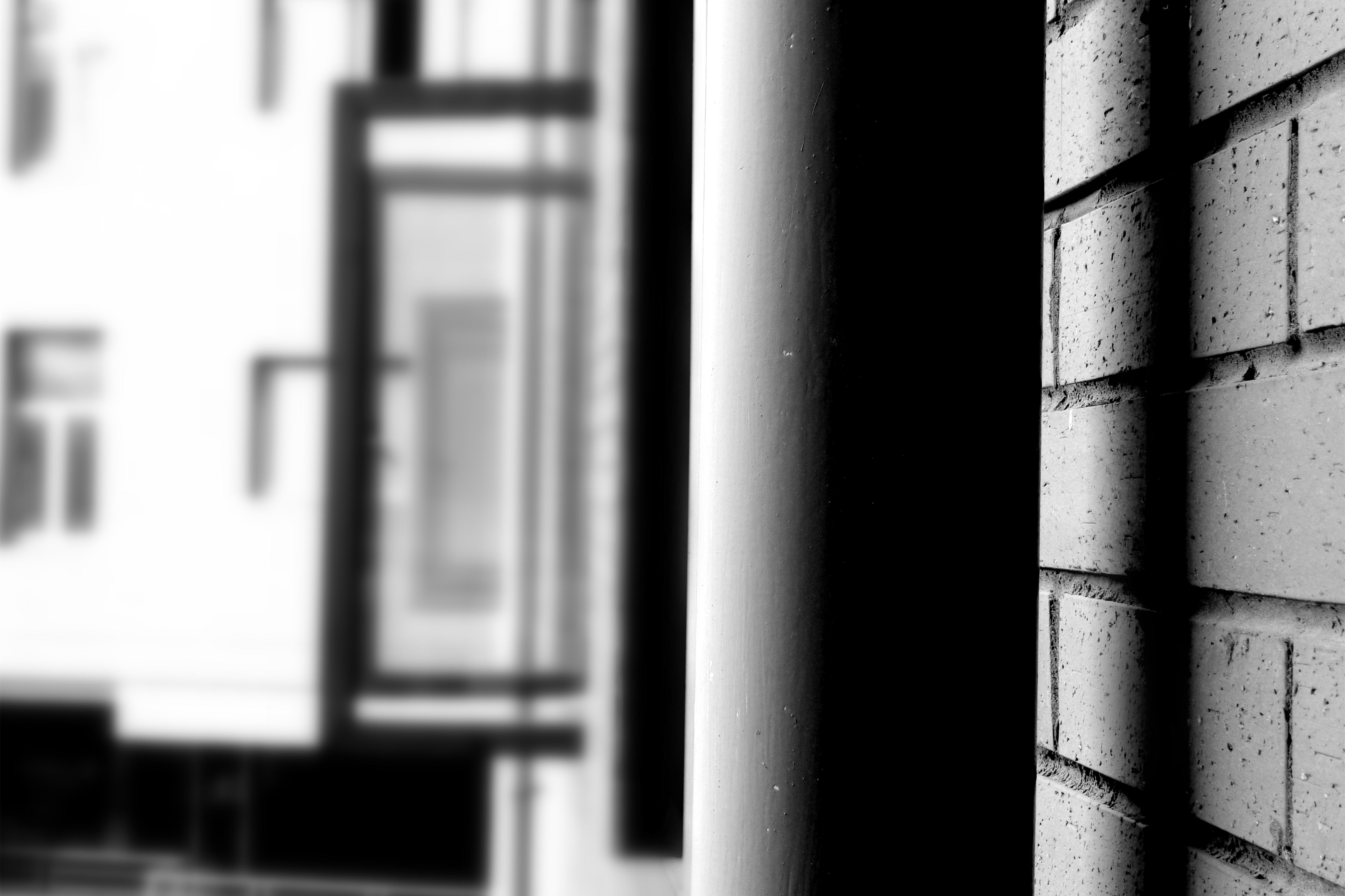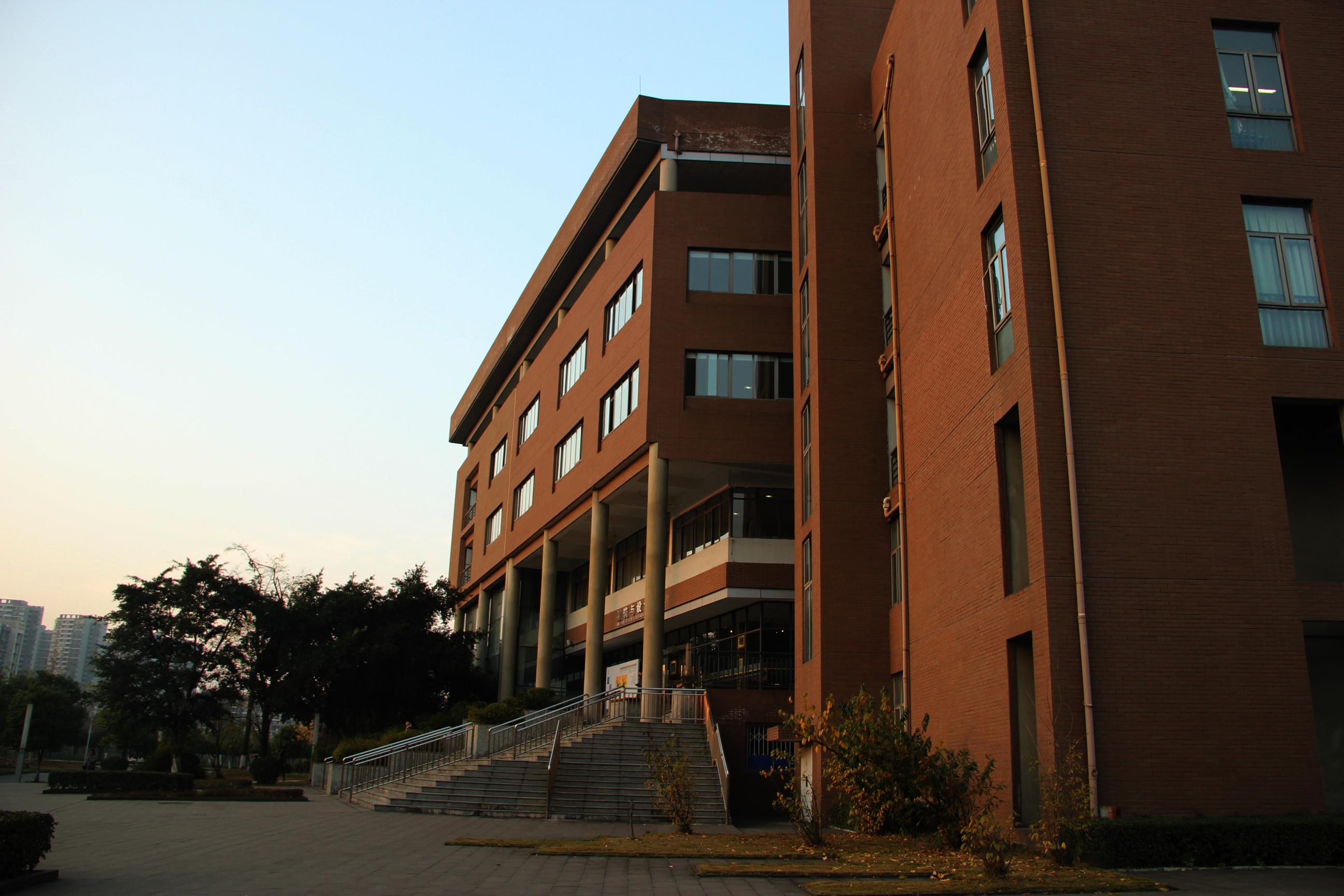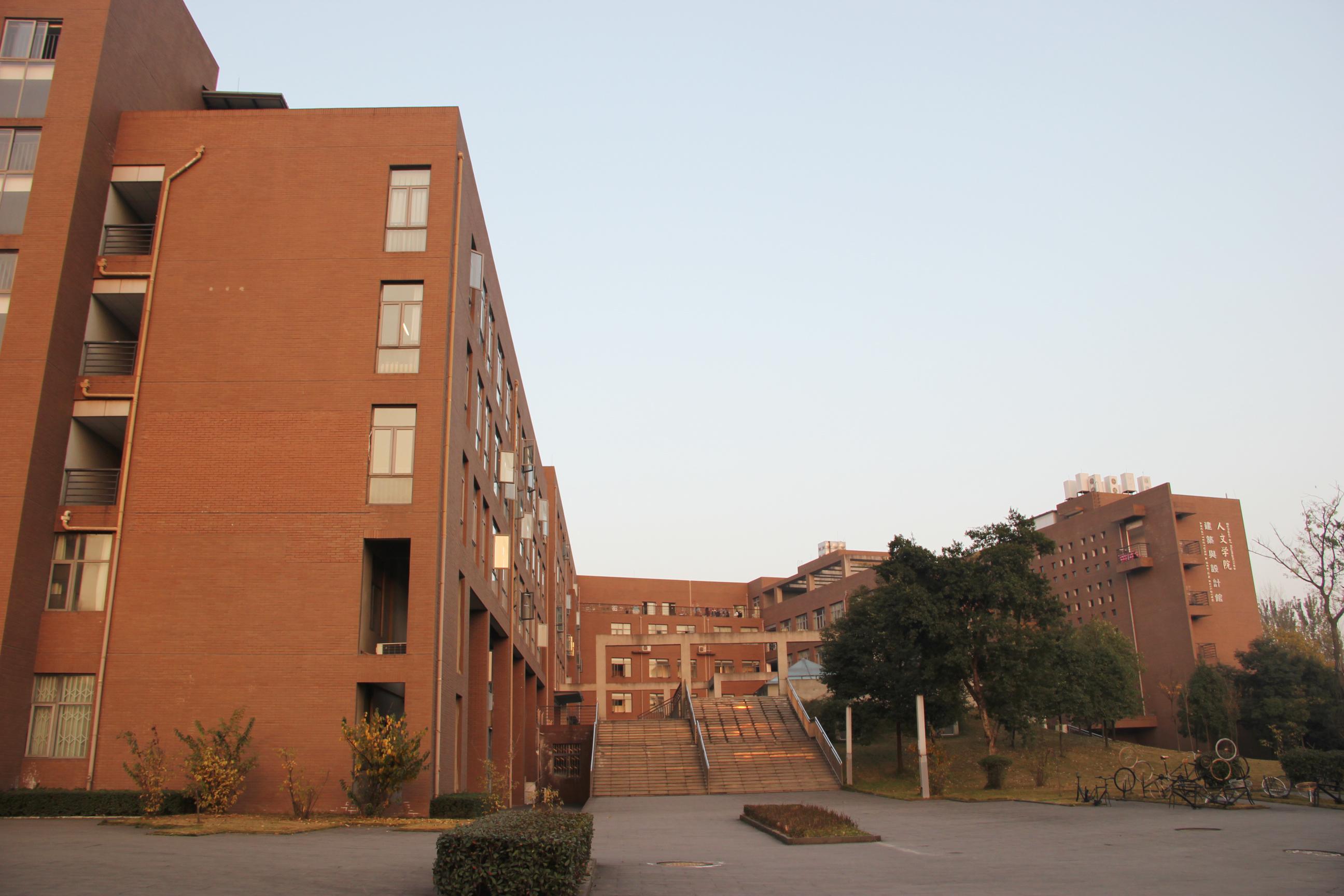I. Background
The specialty of fine arts has been established on the basis of the undergraduate major of painting in the Department of Fine Arts of the School of Architecture and Design. The major of painting for undergraduate program was applied for and approved in 2001, which started to recruit students in 2002. After years of construction and accumulation, it has formed a complete pattern of running, created an all-round and specialized faculty composed of old, mid-aged and young teachers. Its curriculum setting has been increasingly reasonable, attaching importance to basic teaching and being in line with the development of arts in the contemporary era. Its teaching practice has been constantly summarizing experience, with increasingly mature forms and methods of teaching. In 2006, its declaration for a secondary master degree program of fine arts was approved, which recruited the first academic master students in 2007. In 2009, its declaration for an MFA program (Master of Fine Arts) was approved, which recruited the first batch of students in 2010. Currently, the Department of Fine Arts has 131 in-school undergraduates in two training orientations, painting and public arts, and 25 in-school graduates in four training orientations, namely Chinese painting, oil painting, sculpture and mural.
In 2010, the Art Gallery and Contemporary Arts Center of Southwest Jiaotong University (SJU) were established, which successfully held a series of academic activities of top masters in contemporary art world such as Liu Xiaodong, Xu Bing, Fang Lijun, Wang Guangyi, international art exchange programs such as “Yilun’er China-Austria Art Exchange Document Show 2000-2012”, and student works exhibitions represented by “Black Ant Jiaoda Newbie Artworks Exhibition” and “Excellent Graduate Works Exhibition”. The series of influential exhibitions have significantly enhanced the reputation of the specialty in Sichuan and even nationwide.


II. Research Fields
Southwest Jiaotong University is situated in Chengdu, Sichuan, an important economic and cultural region (a place of strategic importance) in the west of China. As cultural globalization is accelerated and urbanization of China is further promoted, the industry of arts and culture is becoming a fast-emerging industry after the information industry and one of the industries with a rapid growth and high profits worldwide. Its development level has become an important symbol to measure the overall strength of a country or region. Sichuan has a long history, boasting a profound cultural accumulation and rich cultural resources. As demanded by economic development and transformation and established on the basis of profound cultural resources, the art industry and urban public arts of Sichuan shows a good momentum of development and a promising prospect. Compared with developed regions in the east of China, the art industry of Sichuan still has great space and possibility for development. As an industry of creativity and cultural added-value production, the soul behind the development of art industry is human. The talent team building is an important factor to promote the sustainable development of Sichuan’s cultural industry. There is an increasing demand for artistic creation and management talents that are adapted to the development of art market and industry. However, in Sichuan, the talent team of art industry has lagged behind the development of socialist market economy and the industrialization and group-building reform of arts and culture. The development of art industry has been restricted by the shortage of cultural industry management talents, especially senior business management talents, professional and technical talents and versatile talents, whose overall quality is not high. Targeting these conditions existing in the region, the specialty of fine arts of SJU can provide excellent graduates with creativity and entrepreneurship to meet the urgent demand for talents today.

III. Characteristics
Starting from the requirement of coordinated development of art talents in terms of knowledge, ability and quality, the specialty of fine arts has reformed and explored its talent model, promoted the integration and upgrade of its curriculum, improved the quality of talent cultivation and explored a characteristic education model for the cultivation of excellent art talents.
In the first year, through a rigorous basic training of realistic painting, the basic ability and quality of modeling of the students is fostered, laying scientific basic knowledge and basic creating abilities for each orientation of the specialty of fine arts. On the other hand, at the stage of foundation courses, several theoretical courses of visual arts are provided, with an aim to improve the students’ overall abilities, guide them into professional fields, foster their literacy in professional research, enhance the graduates’ innovation awareness and creative thinking while attaching importance to the guidance for the diversified artistic creation.
Through one year of wide-based and solid training and learning, the students will start to receive a strict training in their professional emphasis in the second and third year. The professional courses of each orientation focus on combining with practice and emphasize the release of innovative and original works. It is a feature of the contemporary art education to make the students try to foster basic quality, a broad horizon and mind, become more open and active and develop their innovation ability.
In the fourth year, a studio system is adopted. The specialty of fine arts independently owns a studio of Chinese painting, a studio of oil painting, a studio of mural, a studio of sculpture, a studio of silk screen prints and a studio of public arts and co-owned a studio of ceramic art. The studio-based teaching, on one hand, emphasizes the characteristics of professional teaching, while on the other hand gives play to the demonstration role of the teachers and highlights the influential academic advantage and teaching experience of the tutors. On the basis of the solid foundation laid by the basic teaching, the studio-based teaching can arouse the teachers’ activeness in teaching, increase the students’ freedom in professional learning and facilitate the development of their artistic individuality. It’s proven by years of practice that this teaching model is conducive to promoting the deep development of professional teaching.
The orientation of public arts adopts a teaching model based on project-based practice.
After a series of adjustment and construction, the curriculum structure of the specialty has become increasingly complete. Its art theory courses, professional basic courses, professional courses and elective courses interact and support each other, providing a favorable guarantee for the cultivation of high-quality art professionals.
IV. Development Positioning
On the basis of establishing a characteristic teaching model, we’ve perfected teaching quality supervision based on the curricula construction. In order to ensure a steady development of teaching and improve the curriculum quality, the specialty of fine arts has formed a set of teaching quality supervision measures with characteristics of fine arts. We not only insist on the foundation of conventional teaching inspection, but also introduce special and topic teaching inspection, involving the entire process of teaching, highlighting the inspection and construction of the curriculum and guaranteeing the teaching quality.
V. Faculty Construction
1. Structure and levels of teachers
Now we have 15 teachers, including two professors, four associate professors, eight lecturers and one teaching assistant. Among the teachers, there are three doctors, seven masters and five bachelors.
2. Main achievements of teachers in terms of teaching, scientific research, exhibition & demonstration
Professor Shi Zhaoyang, the academic leader of the specialty of fine arts, is now a member of the Chinese Artists Association, Sichuan Artists Association, mainly engaged in research of Western painting (such as oil painting, watercolor painting, acrylic painting, pastel painting). His works have been shown in various fine art exhibitions nationwide for times, and his works and papers have been published by national publishing houses and core professional journals. His works have been collected by related organizations at home and abroad. He has published a “Collection of Works of Shi Chaoyang”. He has published dozens of papers on journals such as Masterpieces Review, Art Education, Cultural Monthly and Exhibition of Chinese Art.
Professor Ren Pingshan, graduated from the Central Academy of Fine Arts with a Ph. D. degree, mainly engaged in the teaching of art theories and research of Buddhist arts, and has ever published professional papers in the domestic professional journal Dunhuang Research.
Associate Professor Li Jiang, a member of Chinese Artists Association, a member of Chinese Arts and Crafts Association, a director of Sichuan Artists Association, the Secretary General of Sichuan Sculpture Association and a director of the Chengdu Urban Rivers Research Society. He has published two monographs and collections of works, Li Jiang, An Artist of Western China, and Collection of Russian Quick Sketches of Human Body. His works are published on professional journals such as Minzu, Chinese Oil Painting, Art Research. His typical project “the historical and cultural wall mural project of Bricks at the historical and cultural block of Broad and Narrow Alley in Chengdu” was broadcast in the memory feature of Across China on CCTV4.
Professor Liu Chunyao, an assistant dean of the School of Architecture and Design, a member of China Sculpture Society, vice chairman and secretary general of Sichuan Sculpture Society, has ever taken charge of one program sponsored Sichuan Social Science Base, two other longitudinal scientific research programs and five cross-sectional programs. He has published a monograph of Sands in Fingers: Works from 1996 to 2002, and published 25 works and papers on journals such as Art Research, Art Observation, Hundred Schools in Arts, China Sculpture and Sculpture. His works have been displayed in major domestic exhibitions such as “Annual Sculpture Exhibition of He Xiangning Art Museum”, “Invitational Exhibition of Chinese Young Sculptors” and “China Sculpture Exhibition”. As a major author, he has finished the “China Warrior Square Sculptures” at Jianchuan Museum Cluster, “Century Western China” public art relief at Huaxiba Station of Chengdu Metro Line 1, the sculpture of “President Qi Shounan” of the Third People’s Hospital of Chengdu, the campus sculptures “Youth Mao Yisheng”, “President Luo Zhongchen” and “Academician Cao Xianyou” of Southwest Jiaotong University.
Associate Professor Mao Gang. Contemporary Master of China--Mao Gang’s Collection of Oil Paintings and Mao Gang Oil Paintings 2000-2003. His oil painting works The Land in the Early Morning was selected into the “1998 China’s International Year of Fine Arts--The Exhibition of Contemporary Chinese Landscape Paintings and Oil Paintings”; his series of oil paintings were published in core professional journal Art Observation 2015-03; his series of works were published in the Interview with Artists of the 11-12th Issue of Leap in 2004.
Associate Professor Li Chuanzhong has published Chinese oil paintings such as Eighth Legend of Tea and Flower, Shui Wu, Mountain Road, Fei Si in professional journals Art Observation and Ethnic Arts Quarterly.
VI. Training Objective
The specialty of fine arts will recruit graduates in the orientations of painting and public arts. The students will be mainly recruited from undergraduate majors of painting and artistic design of SJU. The specialty has nearly xx in-school students. The admission exam will consist of ideological and political theory, English II, sketch creation, and topic design (six hours).
The existing teachers cover different professional orientations including Chinese painting, oil painting, mural, sculpture, public art, having formed a complete professional system of painting and public arts.
Chinese Painting:
The main orientations of Chinese painting are “freehand Chinese painting” and “painting with exact delineation and enriched colors”. On the basis of the existing two teachers, one teacher will be recruited from a professional academy of fine arts.
Oil Painting:
The orientation is mainly taught by an expert team led by Professor Shi Zhaoyang, which combines the ontology language of traditional oil paintings and the conceptual language of contemporary and modern oil paintings and cultivates talents under the framework of guiding thoughts combining inheritance and development.
Public Arts:
The main faculty of the orientation mainly consists of mural, sculpture and fiber art teachers, who are devoted to the creation of public space arts that emerge with the urban construction nowadays. The research in this area is under a starting stage among domestic universities. It is a good chance for us to build it.
The specialty of fine arts invites renowned experts from home and abroad for exchange lectures and holds art exhibits all year round. Meanwhile, under the principle of sharing artistic resources, some public art courses invite Zhu Cheng and Deng Le, first-class sculptors and public art educators in the fine art community of Southwestern China to give lectures in the university. We have accumulated rich running experience in the multi-level teaching activities. The students cultivated by us have won various art awards for times when they are in school.
The characteristic of the specialty of fine arts is mainly reflected in the breakthrough of resource integration starting from the orientations of contemporary arts and public arts. Its teaching is regulated with basic modeling courses such as sketch research, chromatics, application and research of public environment art materials. It has opened professional creation courses such as Chinese painting creation, oil painting creation and research, public sculpture creation, mural creation and research, and fiber art research.
Meanwhile, the specialty of fine arts has also strengthened international academic exchanges with the artistic institutions and universities of regions and countries such as Europe, America and Japan and established and strengthened cooperation with major domestic art galleries such as the Central Academy of Fine Arts, the Academy of Fine Arts of Tsinghua University and the Art Zone 798.
Based on the practicality of undergraduate teaching of the specialty, it has constructed an experimental platform for graduates integrating teaching, learning and research.
Based on the future demands for artistic creation talents, it has explicitly proposed building and practicing a cultivation model of applied talents of fine arts and fully improving the quality of talent cultivation based on strengthening their hands-on design and innovation abilities.
In the research programs, it has aroused the activeness of teachers and students in scientific research, carried out different forms of horizontal researches, participated in various exhibitions and blended the public arts and pure arts.
The specialty of fine arts provides the students with the best conditions for their thematic art practice with its provincial-level experiment and demonstration center and fine arts laboratory and platform, Qingcheng Mountain Chinese painting and sketching base and Emei Mountain Baoguo Temple oil painting sketch base.
VII. Employment Orientation
The undergraduates and graduates of the Department of Fine Arts have a good employment status. After graduation, the students work as professional artists with governmental departments, art institutions, technical secondary schools and junior colleges, various design institutes and companies.
VIII. Awards
Our undergraduates have published ten papers, and our graduates have published 20 papers. Two graduates have held solo exhibitions. The graduation works of undergraduates have been selected into the 12th and 13th National Art Exhibitions. The works of graduates have won “Award for Excellent Works” in the Sichuan Youth Art Exhibition. 18 painting works of the “2014 Chengdu Creative Design Week” have been selected into the exhibition, of which four have won an award. Our graduates have won over 10 awards.






